Nestled in the heart of Thailand, the Japanese Settlement presents a unique cultural experience, showcasing the rich heritage and traditions of Japanese immigrants who settled in this picturesque region. Visitors can immerse themselves in the serene landscapes, enjoy authentic culinary delights, and participate in various local festivals that celebrate the harmonious blend of Japanese and Thai cultures.
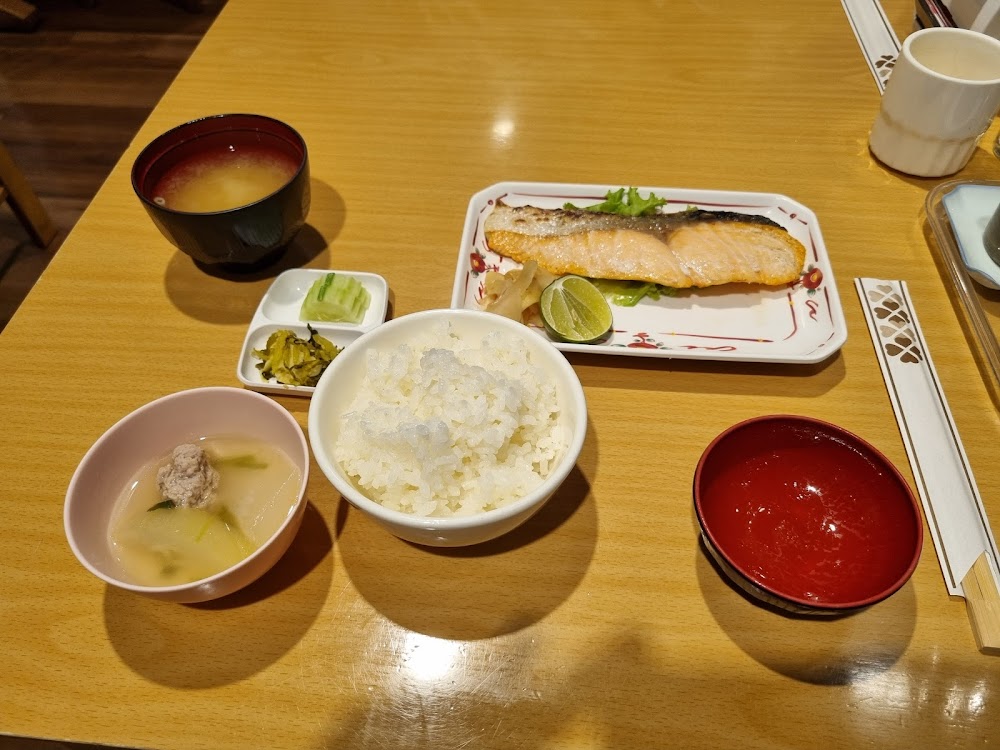
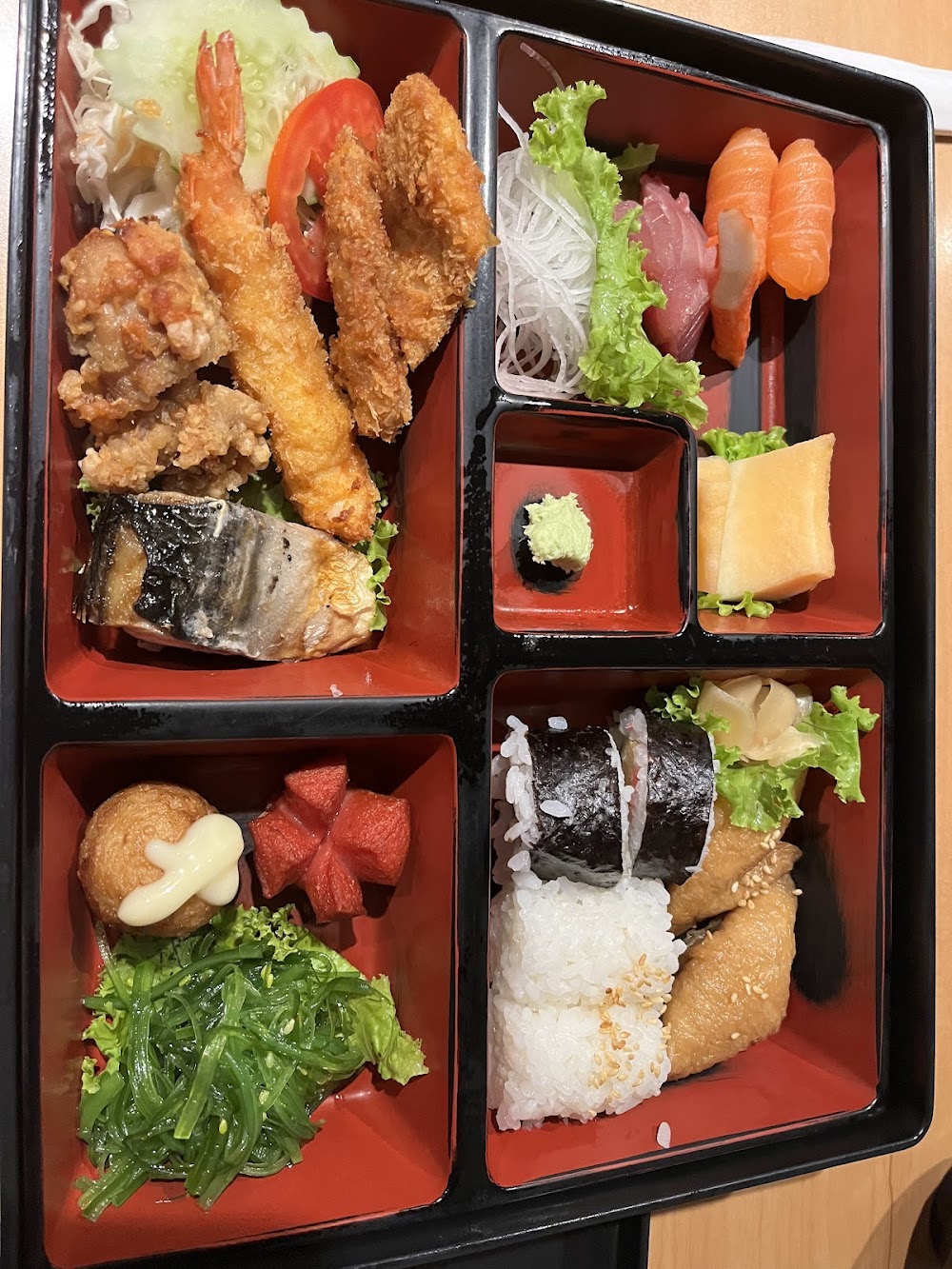
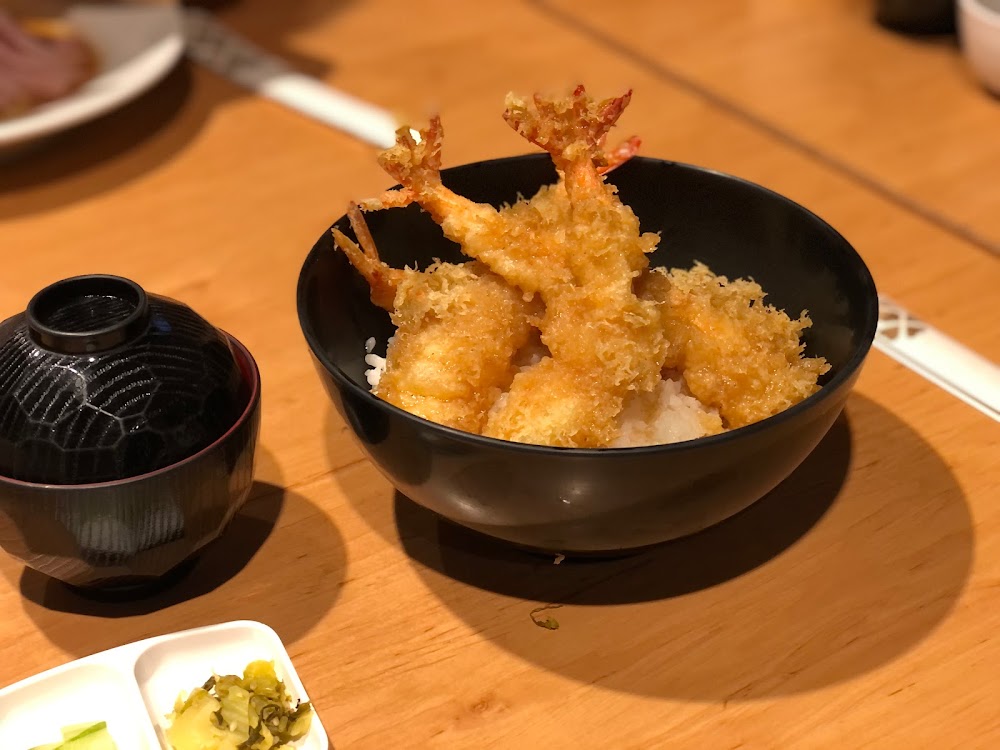
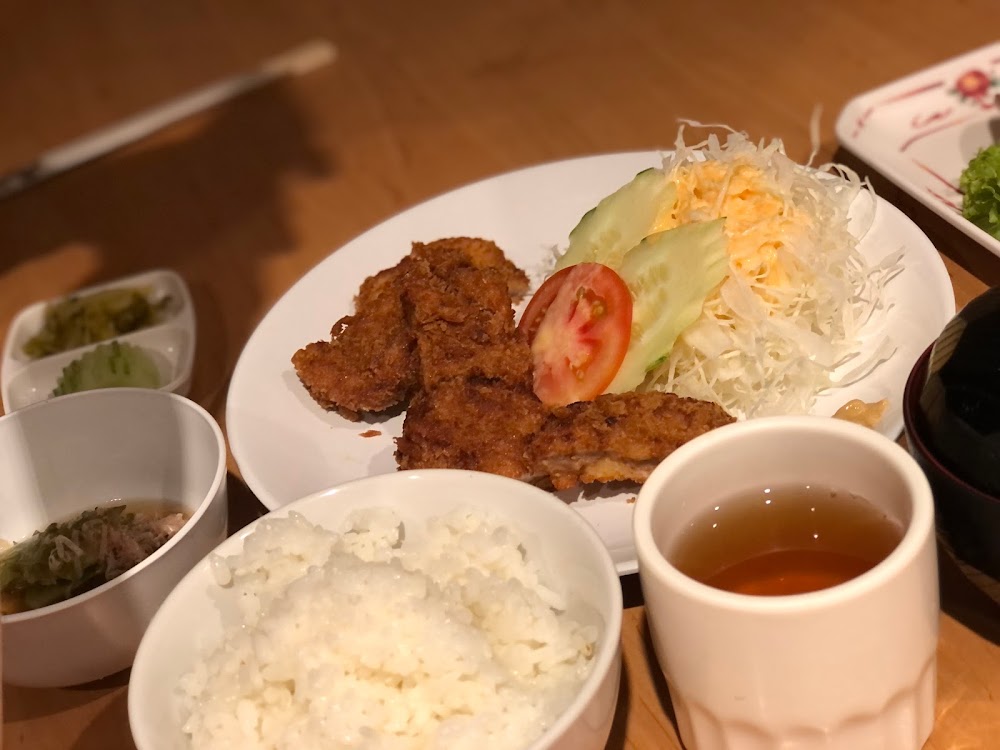




The Japanese Settlement in Thailand is a captivating destination that invites individuals to explore its vibrant history and cultural significance. Founded by early Japanese immigrants, this area reflects a beautiful fusion of two distinct cultures, making it a unique spot to visit. As you wander through the charming streets, you’ll encounter traditional Japanese architecture, serene gardens, and local artisans preserving age-old crafts. Rich culinary experiences await as you indulge in authentic Japanese cuisine and Thai specialties. Festivals and events held throughout the year further illuminate the joyful spirit of this community, allowing you to connect deeply with its traditions. Surrounded by stunning natural landscapes, the Japanese Settlement not only offers a glimpse into its historical roots but also serves as a peaceful retreat for those seeking tranquility in a culturally rich environment. Embrace the warmth of its community and experience the beauty that arises from this exceptional blend of cultures.
หมู่บ้านญี่ปุ่น (เมืองพระนครศรีอยุธยา, ไทย) - รีวิว - ThailandAgoda.com
Attractions
6 miles

0.00 miles
0.53 miles

0.58 miles
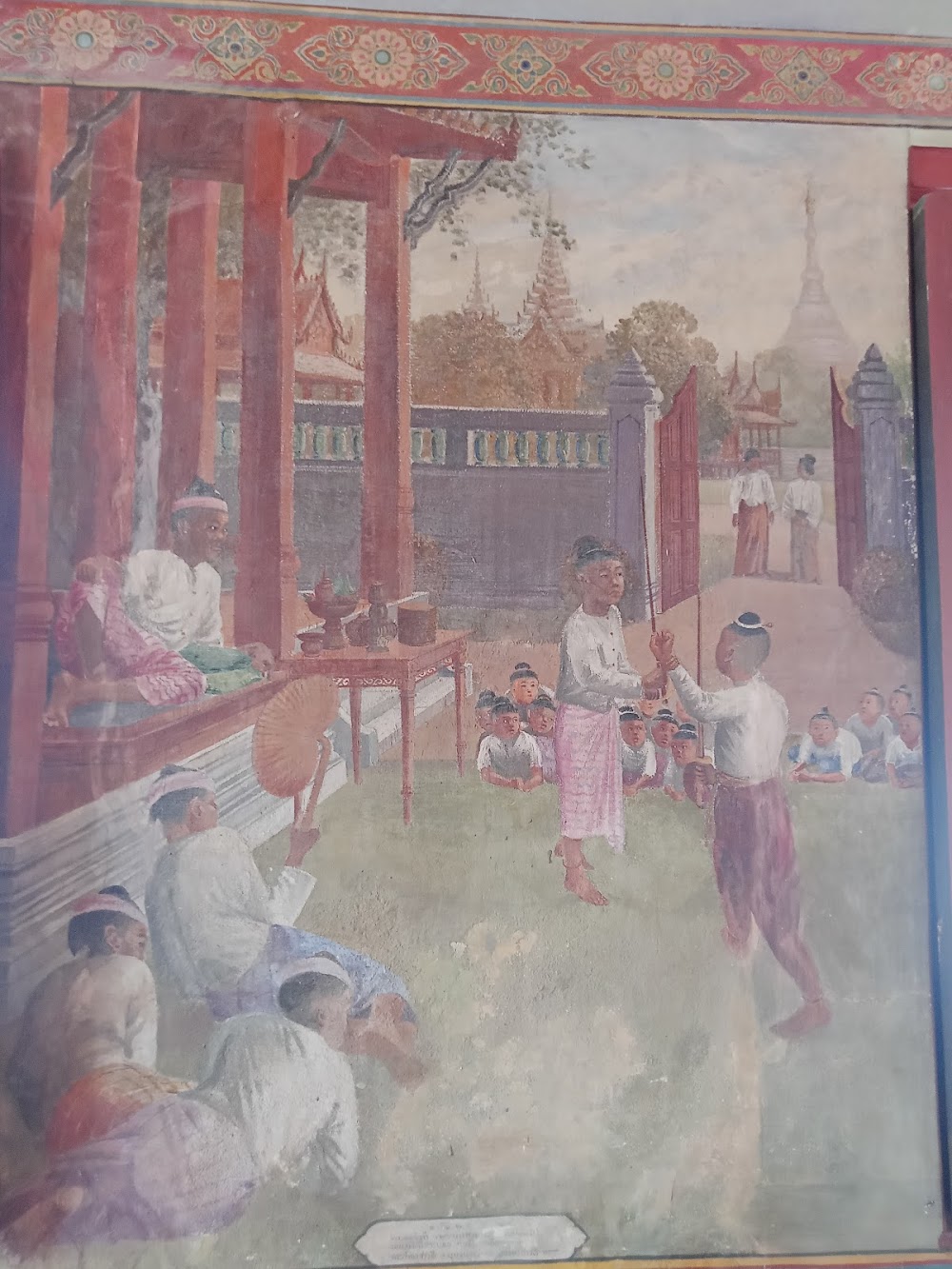
0.58 miles

0.78 miles
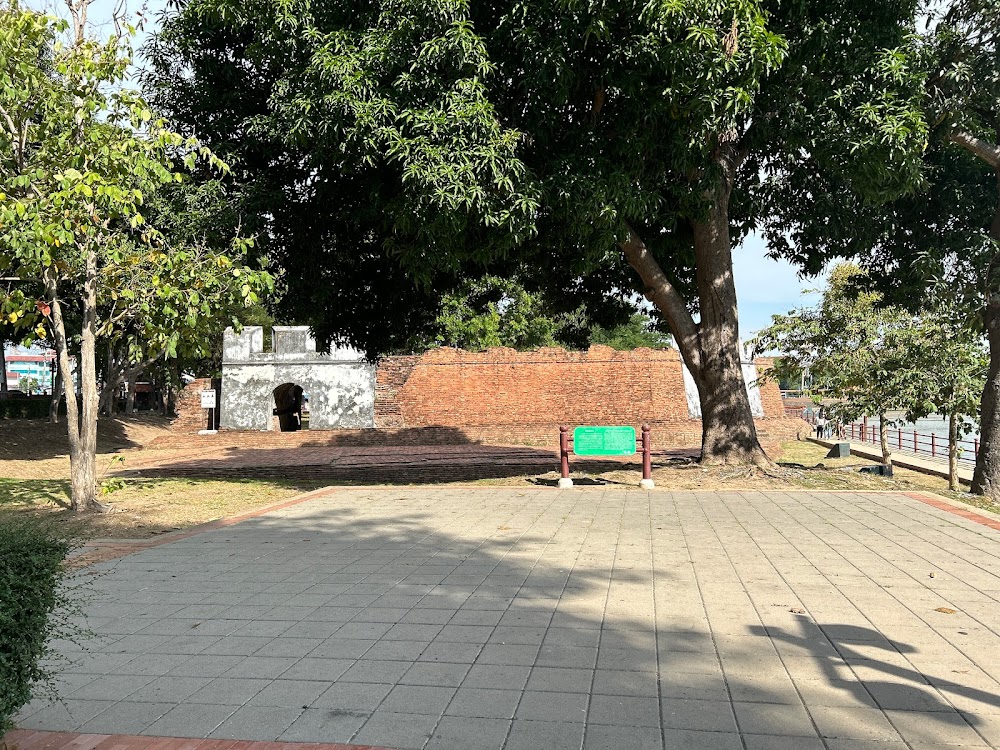
1.27 miles

1.31 miles
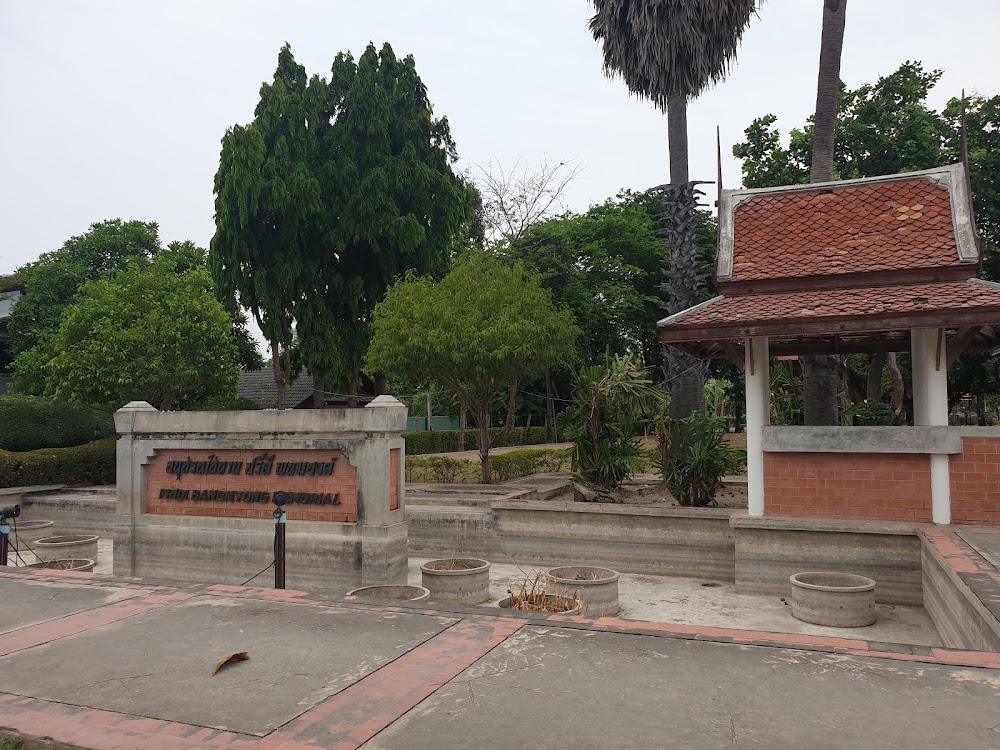
1.31 miles
1.31 miles
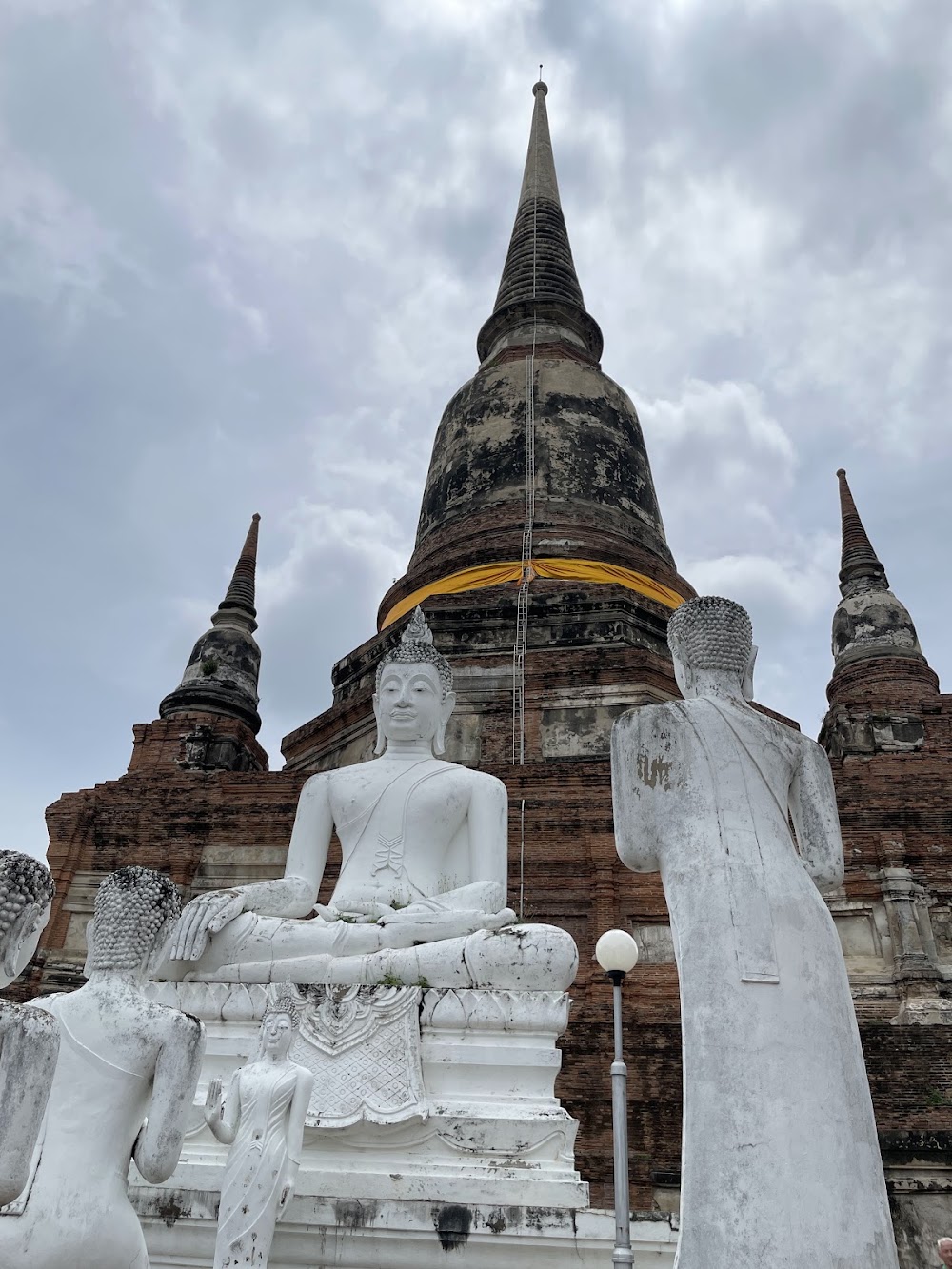
1.34 miles
Japanese Settlement is perched on a picturesque hilltop overlooking , Thailand
After the less than diligent maintenance seen at various other Thai sites, this Japanese settlement had not a blade of grass out of place. It was almost fanatical in it’s cleanliness and was mostly a pleasant place to visit. The two indoors exhibits were air conditioned and well laid out but attendants tended to hover too close for me. Perhaps they feared vandalism? This site didn’t really have any preserved buildings that we expected to find and was obsessively clean as is the Japanese way. I was only vaguely aware of any Japanese presence in Thailand so long ago, this was educational for me. Unlike other sites, this site had several shady trees and internal areas to escape the heat so timing was less important. It is also not a large site. Recommended.
If you walk into the two main areas, watch the movies and read all the information on the placards, you will learn of a fascinating history of trade between both Western Nations and other Asian Nations and Ayutthaya.Ayutthaya used to be the richest city in the whole of Asia due to the King’s welcoming of free trade and allowing other nations to build settlements within the city of Ayutthaya.The most prominent settlements were the Japanese and Portuguese settlements.Of course, this all went to pot when the Japanese began oppressing Christians within the country and closed their country to all international trade (as a way to bar Christianity coming in) in the late 1500’s to mid-1600’s.The Japanese settlement, however, remained and continued to trade albeit restricted, until one of the Thai Kings decided he wanted to end the settlement there.Would recommend going!!
This gem of a site is well worth a visit. The ‘village’ itself now consists of two main buildings that each hold a small but incredibly informative exhibit about the history of Japanese settlers to the area. An educational video in each building provides plenty of context and further information about the village in several languages. There is a small air conditioned cafe that serves a variety of food and drink, very handy for a quick bite before more exploring. As a whole the museum site is very well looked after, manicured gardens and swept paths complete the exterior look, while the spotless interiors (restrooms included) made it not only an informative visit but a comfortable one too. As history lovers we would rate this is a must-see for the area.Also in the area are Portuguese and Dutch villages which were unfortunately closed on our visit, but would really complete the context of settlers arriving in Ayutthaya.
We were visiting the Portuguese village and saw a sign board at the river bank pointing to the Japanese village across on the other bank. Our Tuk Tuk driver was kind enough to drive us there. There is an entry fee here. There were 2 exhibition halls, and a video show detailing on the Japanese presence in Ayutthaya then. The gardens were well maintained with lots of trees providing shade. There is a small café near the river bank where you can enjoy refreshments. The Portuguese settlement is just across the river.
If your passing worth a visit, two buildings that house a bit of history about the Japanese being in Thailand in the 16th century, a short film explains in more detail.Both museums have Japanese memorabilia as well. As you would expect the Japanese gardens are well maintained with lots of trees which provide some welcome shade. Set next to the river is a small cafe where you can enjoy some refreshments… air conditioned as well..
I had visited the Japanese village museum during my full day sightseeing trip of Ayuthaya. Entrance ticket is 50 baht per person. This is the place where Japanese traders used to live during the historic kingdom of Ayuthaya. I saw a video about the rich heritage of Ayuthaya and the role of the Japanese traders. The museum has a giant map of the Ayuthaya on the wall. Many artefacts used by the people in the Japanese village are showcased here.
This museum is out of city. It only has 2 small exhibition halls with limited displayed. 2 videos explaining why the Japanese were settled in Ayutthaya during the 16th century. Walk around the garden and take some pictures. Half an hour going round this place should be enough.Entry fee is 50baht for foreigners, 20 for Thais.
We really admired the effort and upkeep of this “Japanese Settlement”, a credit to Japan and its sponsors. If you’re interested in having a better grasp visually of the timeline of all the different settlers and their backgrounds, the first exhibit hall does an excellent job at that. The second exhibit hall has a short video and provides recognition to two early Japanese settlerswho contributed to Thailand’s (Siam’s) leadership and food culture. The exhibition buildings are air conditioned. But it was the well-maintained park-like grounds (including the tribute to Rama IX) and the well-designed river side that were very appealing. One could visualize being in Japan. There is also an Oishi-run cafe adjacent to the second exhibition hall. We’re so glad we came. Our compliments. At time of our visit (July 2020), the entrance fee was 50 baht pp (same for locals and foreigners). Note: Exhibition Hall 1 has Japanese apparel that you can elect to wear for photo opportunities on the grounds.
It’s one of those “forced” touris attractions. Yes, Japanese people did settle in Ayutthaya long time ago, but no archaelogical traces exists, so they had to create one. It’s a nice place, though.
Located close to Wat Phanan Choeng Worawihan and lying along Pa Sak river. The museum used to be a settlement for Japanese mercenaries hired by the Siam government when fighting against the Burmese army. 200 to 800 of such mercenaries, their families, and servants lived in the enclave during the first-half of the 17th century.The museum also has an adjoining restaurant and exhibit that showcases Japanese culture. Definitely a must-visit for Japanese people who are into history.